Tag: Florida
Wikipedia says: Florida is a state located in the Southeastern region of the United States. It is bordered to the west by the Gulf of Mexico, to the northwest by Alabama, to the north by Georgia, to the east by the Bahamas and Atlantic Ocean, and to the south by the Straits of Florida and Cuba; it is the only state that borders both the Gulf of Mexico and the Atlantic Ocean. Spanning 65,758 square miles, Florida ranks 22nd in area among the 50 states. The state capital is Tallahassee and the most populous city is Jacksonville.Various Native American groups have inhabited Florida for at least 14,000 years. In 1513, Spanish explorer Juan Ponce de León became the first known European to make landfall, calling the region La Florida ([la floˈɾiða] for its lush greenery and the Easter season (Pascua Florida in Spanish). Florida subsequently became the first area in the continental U.S. to be permanently settled by Europeans, with the Spanish colony of St. Augustine, founded in 1565, being the oldest continuously inhabited city. Florida was repeatedly contested by Spain and Great Britain, before being ceded to the U.S. in 1819; it was admitted as the 27th state on March 3, 1845. Florida was the principal location of the Seminole Wars (1816–1858), the longest and most extensive of the Indian Wars in U.S. history.
Civil War and Reconstruction
American settlers began to establish cotton plantations in north Florida, which required numerous laborers, which they supplied by buying slaves in the domestic market. By 1860, Florida had only 140,424 people, of whom 44% were enslaved. There were fewer than 1,000 free African Americans before the American Civil War.
On January 10, 1861, nearly all delegates in the Florida Legislature approved an ordinance of secession, declaring Florida to be “a sovereign and independent nation”—an apparent reassertion to the preamble in Florida’s Constitution of 1838, in which Florida agreed with Congress to be a “Free and Independent State.” The ordinance declared Florida’s secession from the Union, allowing it to become one of the founding members of the Confederate States.
The Confederacy received little military help from Florida; the 15,000 troops it offered were generally sent elsewhere. Instead of troops and manufactured goods, Florida did provide salt and, more importantly, beef to feed the Confederate armies. This was particularly important after 1864, when the Confederacy lost control of the Mississippi River, thereby losing access to Texas beef. The largest engagements in the state were the Battle of Olustee, on February 20, 1864, and the Battle of Natural Bridge, on March 6, 1865. Both were Confederate victories. The war ended in 1865.
Following the American Civil War, Florida’s congressional representation was restored on June 25, 1868, albeit forcefully after Reconstruction and the installation of unelected government officials under the final authority of federal military commanders. After the Reconstruction period ended in 1876, white Democrats regained power in the state legislature. In 1885, they created a new constitution, followed by statutes through 1889 that disfranchised most blacks and many poor whites.
In the pre-automobile era, railroads played a key role in the state’s development, particularly in coastal areas. In 1883, the Pensacola and Atlantic Railroad connected Pensacola and the rest of the Panhandle to the rest of the state. In 1884 the South Florida Railroad (later absorbed by Atlantic Coast Line Railroad) opened full service to Tampa. In 1894 the Florida East Coast Railway reached West Palm Beach; in 1896 it reached Biscayne Bay near Miami. Numerous other railroads were built all over the interior of the state.
Showing 1–16 of 40 results
-
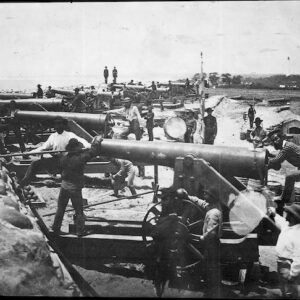
Image ID: AJAO
$4.99 -
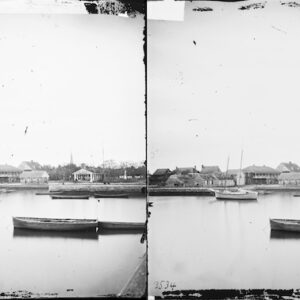
Image ID: ALPZ
$6.99 -
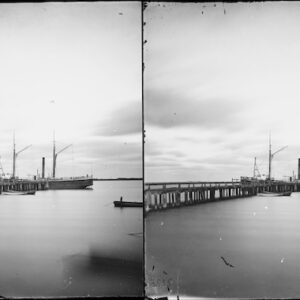
Image ID: ALQA
$6.99 -
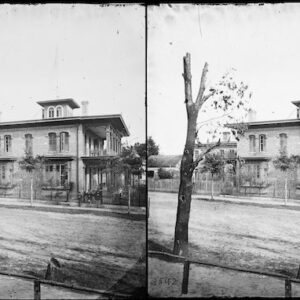
Image ID: ALQH
$6.99 -

Image ID: ALQI
$6.99 -

Image ID: ALQJ
$6.99 -
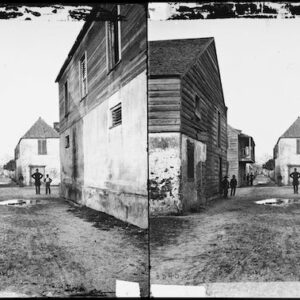
Image ID: ALQK
$6.99 -

Image ID: ALQL
$6.99 -
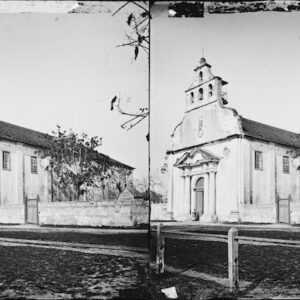
Image ID: ALQV
$6.99 -

Image ID: ALQX
$6.99 -
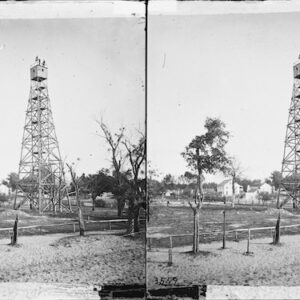
Image ID: ALQY
$6.99 -
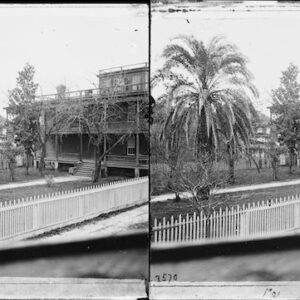
Image ID: ALRI
$6.99 -
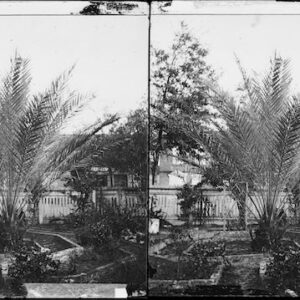
Image ID: ALRJ
$6.99 -

Image ID: ALRW
$6.99 -
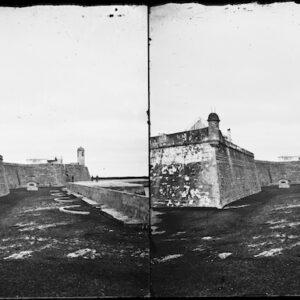
Image ID: ALRX
$6.99 -
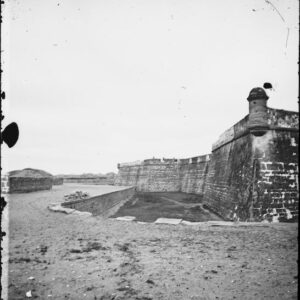
Image ID: ALRY
$5.99